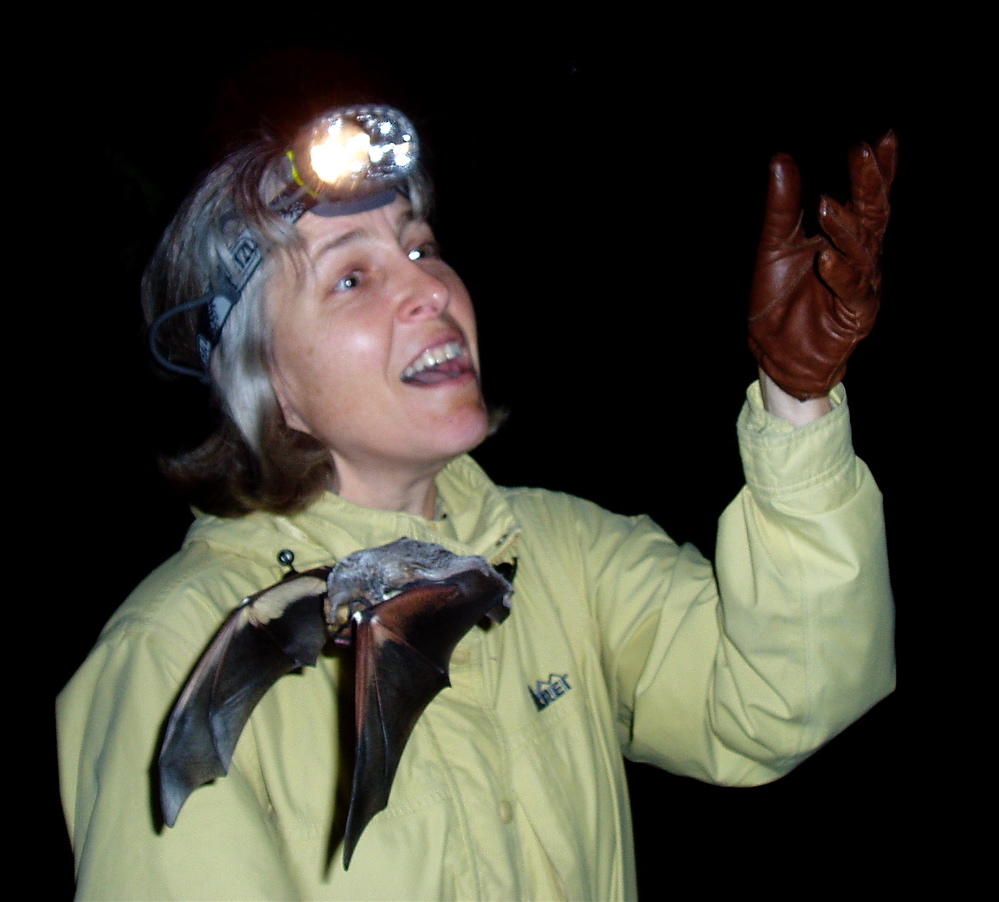Randomness
Finding bats in the city is not as simple as just sticking your bat detector out any old place, or even places where you think you'll find bats. No, in science we have to do things randomly. Let me try to explain.
We humans are biased in all kinds of ways, some we know about and other we aren't even aware of. One problem with this bias is that it means you can't really apply statistics to your data, and another is that you can't make generalizations about your results. For example, if I put my bat detectors in places where I think they're most likely to find bats, then all I can say about my results is whether or not I'm good at figuring out where the bats are. What I really want to be able to do is to make a statement about bat activity in general for a park, and compare activity between parks. In order to have my results say something statistically meaningful, I need to put the detectors in randomly-selected locations. Luckily, computers make it not too painful.
Here's how I'm doing it. Based on reading lots of research, I think that bats are most likely to be found either next to water or along a forest edge. I found some digital maps (ArcMap layers) that show where there is forest and water in each of my parks. Then I combined all the forest and water areas for each park, and had a tool generate five random points along the edges. Finally I print out the random points on a map as you see in this photo and head to the park.
At the park, I try to find the first random point. Once I'm there, I look to see if it's actually OK to use. Some of the reasons I might reject a point are: it's covered with poison oak,there's no tree nearby to hang the detector from, you can't actually get to it without wings, or it's not a safe location. If I have to reject that point, I try to find the second random point. This continues until I find a location that will work. Then I pull out my GPS unit and record the actual location.
Sometimes the random points are right where I think I'm likely to find bats. Other times, not so much. But really it's a relief to not have to make that decision myself, and just go with what the computer says. For the places where I think the detector should really go in a different place, I'll probably just use an extra detector and record in two locations, and figure out the statistics of that later.
I went to three parks today, and five yesterday. Hopefully I finish with them in the next week. Then my cages will arrive, and I'll need to have them fitted with some way to hang and lock them, and test them for interference. Then I have to make a schedule, and get started collecting data!



1 Comments:
Randomness is terribly over-rated.
If the bats do not select habitat in a random fashion, why should we when we try and study them?
:)
See: http://biomicro.sdstate.edu/pederses/batpdf/netbias.pdf
Post a Comment
<< Home